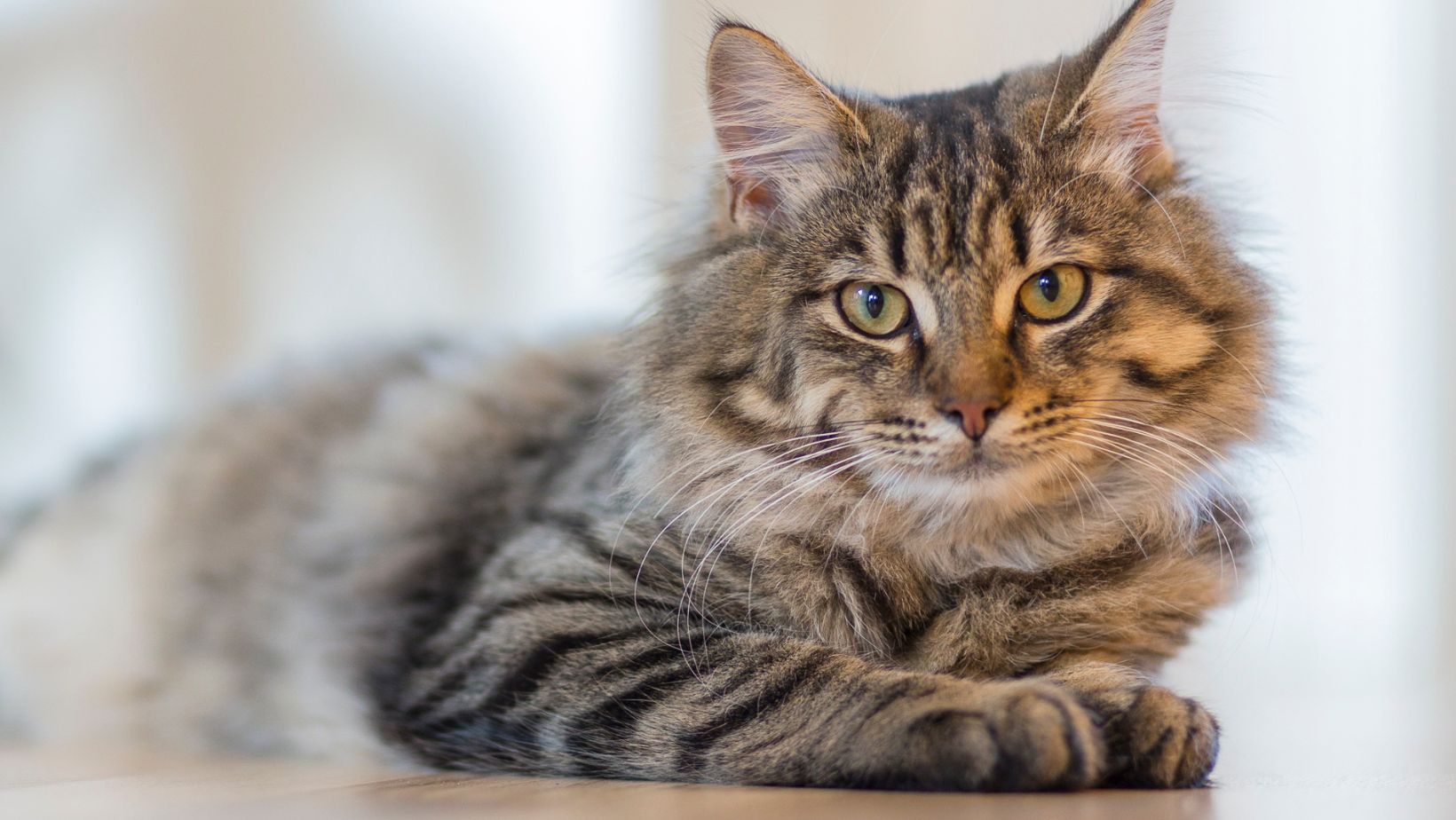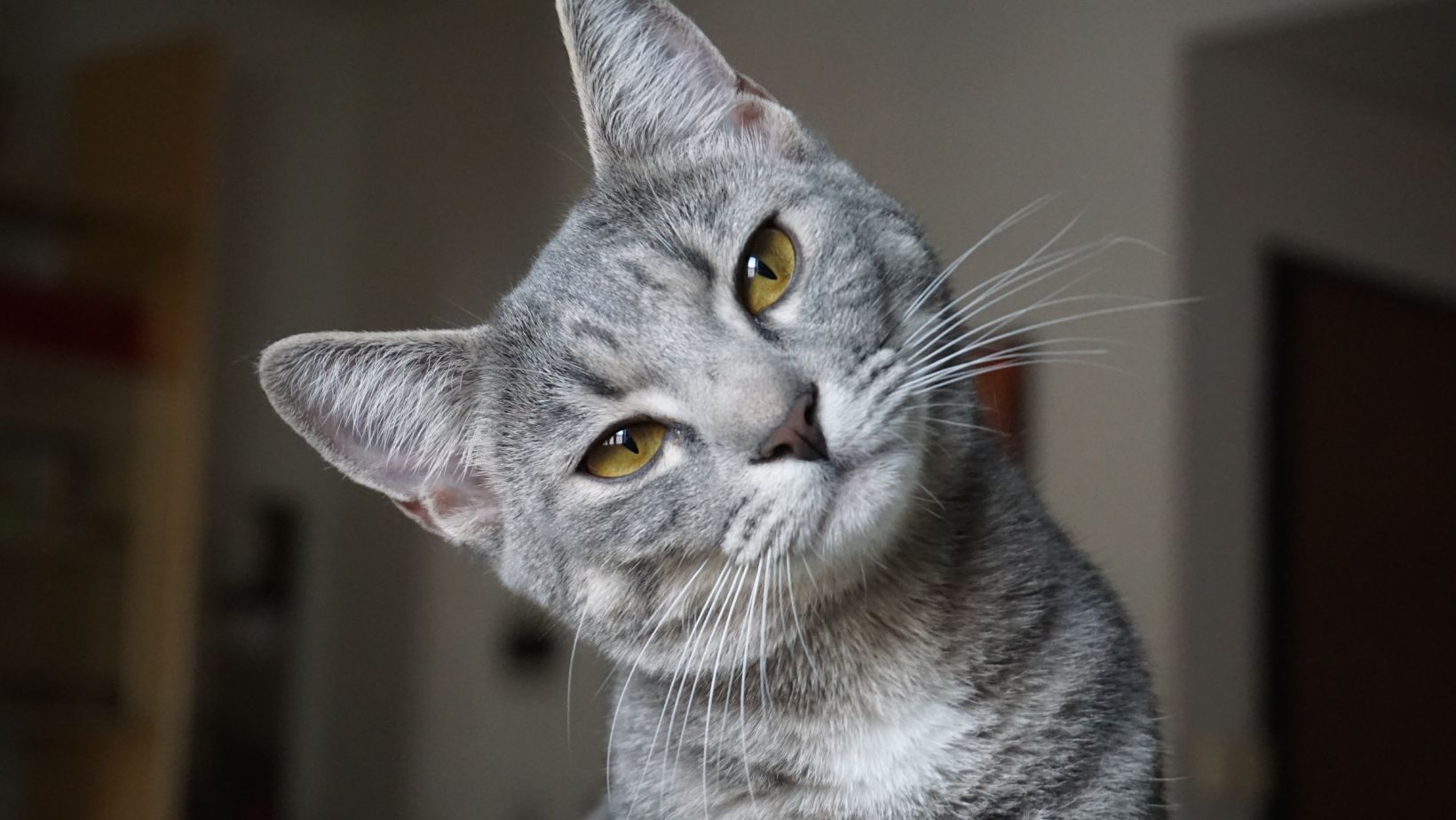A Simple Analysis: Why is my Female Cat so Clingy all of a Sudden

Hi, I am Betty Knight, Owner of this site! I…
Has your female cat suddenly become clingy, and you’re wondering why? Don’t worry, I’ve got you covered. As an expert in feline behavior, I can shed some light on this puzzling situation.
First of all, it’s important to understand that cats are naturally independent creatures. So when they start displaying clingy behavior out of the blue, there may be underlying reasons for this change. One possibility could be a medical issue. Cats sometimes become more affectionate when they’re not feeling well or in pain. It’s always a good idea to schedule a visit with your veterinarian to rule out any health problems.
Why is my Female Cat so Clingy all of a Sudden
The Possible Reasons for Clingy Behavior in Female Cats
If you’ve noticed that your female cat has become unusually clingy all of a sudden, it’s natural to wonder what might be causing this change in behavior. There could be several reasons why your furry friend is seeking more attention and affection than usual. Here are some possible explanations:
- Hormonal changes: Female cats can experience hormonal fluctuations throughout their lives, particularly during heat cycles or pregnancy. These hormonal shifts can sometimes lead to increased clinginess as they seek comfort and reassurance.
- Anxiety or stress: Changes in the household environment, such as moving to a new home, the introduction of a new pet, or even loud noises and disruptions, can cause anxiety in cats. In response to these stressors, your female cat may seek extra attention and closeness from you as a source of comfort.
- Health issues: It’s important to rule out any underlying medical conditions that could be causing your cat’s clinginess. Certain health problems like urinary tract infections or gastrointestinal discomfort can result in behavioral changes including increased need for human companionship.
Signs of Clinginess in Female Cats
To determine if your female cat is indeed exhibiting clingy behavior, it helps to look out for the following signs:
- Constantly seeking physical contact: If your cat follows you around the house, constantly rubs against you, or insists on sitting on your lap at every opportunity, she may be displaying clinginess.
- Excessive vocalization: Some cats become more talkative when they feel insecure or crave attention. Excessive meowing or purring could be an indication that your female cat is feeling extra needy.
- Need for constant reassurance: Your normally independent feline may suddenly become overly dependent on you for emotional support, seeking constant reassurance through physical touch and closeness.

Tips For Dealing with a Clingy Female Cat
As a cat owner, it can be perplexing when your female cat suddenly becomes clingy. While some cats naturally enjoy attention and affection, an abrupt change in behavior may leave you wondering what could be causing this newfound clinginess. Here are a few tips to help you understand and address this behavior:
- Rule out any underlying health issues: Sudden changes in behavior can sometimes be linked to medical conditions. It’s important to consult with your veterinarian to rule out any potential health problems that may be causing your cat’s clinginess.
- Provide ample physical and mental stimulation: Cats need both physical and mental exercise to stay happy and content. Ensure that your cat has plenty of toys, scratching posts, climbing structures, and interactive play sessions throughout the day. This will help redirect her energy and prevent boredom.
- Create a safe space for alone time: Just like humans, cats also require some alone time. Set up a cozy area where your cat can retreat when she needs solitude. Fill it with comfortable bedding, toys, and maybe even a blanket with your scent to provide reassurance.
- Maintain consistent routines: Cats thrive on routine, so try to keep their daily schedule as consistent as possible. Regular feeding times, play sessions, grooming rituals, and quiet hours will establish a sense of stability for your kitty.
- Use positive reinforcement techniques: Encourage independent behavior by rewarding moments when your cat is not seeking constant attention or being overly clingy. Offer treats or praise when she is relaxed or content on her own.
- Consider environmental enrichment: Make sure there are plenty of hiding spots, perches near windows for bird watching, and vertical spaces for climbing in your home environment. This will give your cat opportunities for exploration while reducing dependency on human interaction.
Remember that each cat is unique, so it may take time and patience to address clinginess. By implementing these tips, you’ll be better equipped to understand your cat’s needs and help her feel secure and content in her environment.
What's Your Reaction?
Hi, I am Betty Knight, Owner of this site! I am a 'nearing 30-year-old', happily married to 1 awesome man. We live in the beautiful tourist town of Franklin NY.



